
What do you need?
Destination
Category
History & Culture
Centre for the interpretation of the Punic Rampart
Calle San Diego, 25
30202 Cartagena
Telf: 968525326
Spanish name: Centro de Interpretación La Muralla Púnica
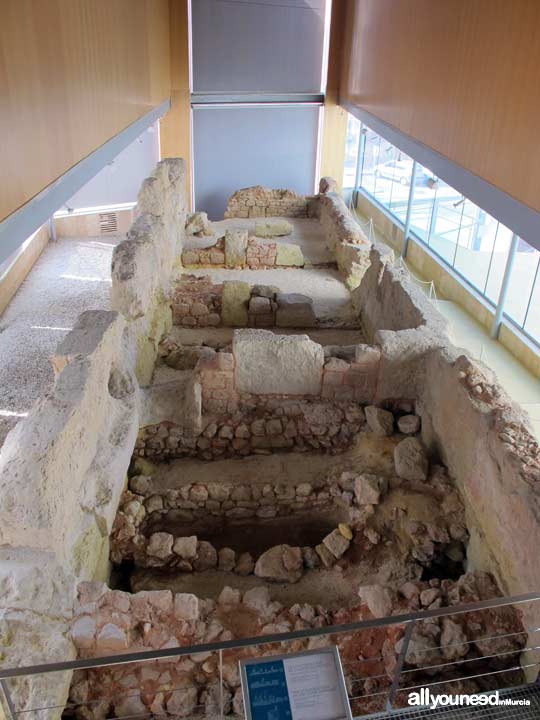 Remains of the Rampart built in the 3rd century BC by the Carthaginians, and a 17th century Crypt.
Remains of the Rampart built in the 3rd century BC by the Carthaginians, and a 17th century Crypt.In the place corresponding to the isthmus and there fore the only entrance by land to the old city, between San José´s hills and Despeñaperros, the remains of the punic rampart were discovered in 1987.Wall indexed in classic texts by the impressive size and found in a point where, according to historical sources, diverse attacks of the Roman troops took place there with little success.
The rampart is built with two adornments of sandstone ashlars, separated five metres each other and plantered by a layer of white mortar.
The interior is divided by a series of oblique ramparts having a double function, they were used as suspenders to give bigger consistency to the building and also used as a house for the guards who defended the rampart.
The Crypt
The funeral crypt, correspondig possibly to San José´s Brotherhood or San Juan Nepomuceno, the most important existing then in the hermitage, seems to be a construction of end XVII century or beginning XVIII. The pictorial decoration was carried out after burials in the crypt because the plaster covering the funeral niches can be compared with medieval death dances. A thematic reminding the volatility of life and, in this case, the victory of death on temporary powers is symbolized with the skeleton walking on a flag with a real crown and a papal tiara. This type of crypts, usual in those times, follow brotherhoods´ habits in the Modern Age: They helped members in transition to their funeral details, had to pay some quotas. After their death, the brotherhood took charge of the burial and celebrated masses to save their souls. The practice of burying in churches and cryts by brotherhoods would disappeared beginning XIX century.
The San José´s Ermitage
The exact date of construction of San José´s Hermitage,which was part of the funeral crypt, cannot be known exactly, although we know it was already operating in the middle of the XVI century, a date when a brotherhood dedicated to the mentioned saint was born. Despite there is not any photographic testimony of the construction, we know by literary testimonies that it was a temple with three aisles and inside existed some brotherhoods dedicated San José and San Juan Nepomuceno, this last one composed by priests who odored the sait´s image carved in 1763. by Francisco Salzillo (picture 1). A Virgin of the Refuge or Carmen, is also conserved. It is also attributed by some authors to Salzillo similar to the one conserved nowadays in the Church of Charity (picture 2).Declared in 1752 as a parish help, making it bigger and was endowed with new altarpieces, scuptures and sacred glasses, the church was still in use in 1829 when it was affected by an earthquake causing some damages to the structure.Abandoned after the Disentailment of Mendizabal, it was soon demoslished and projected to be buit again in 1884, a jail on its land which was never carried out. The hermitage gave its name to the hill where it was located as well as to the door located nearby corresponding to the fortification carried out durin King Carlos III period.

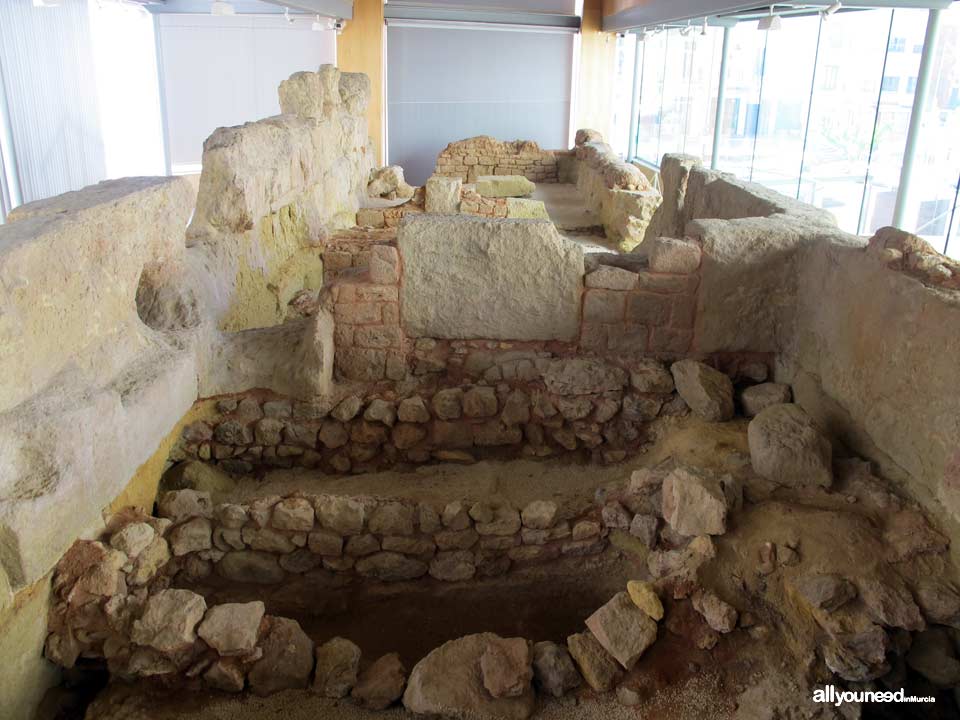
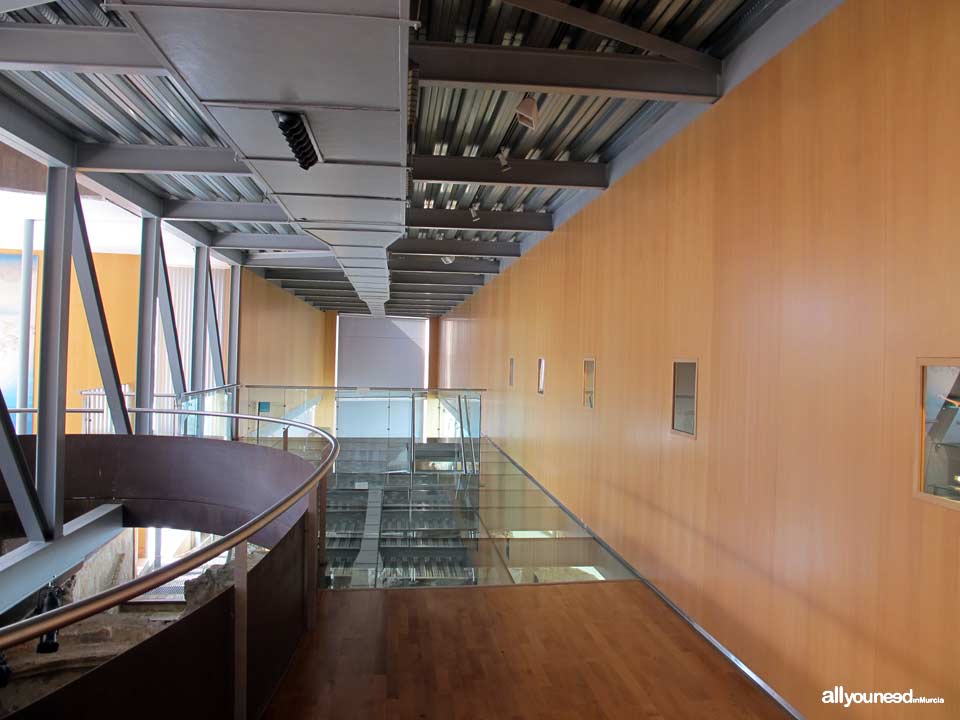
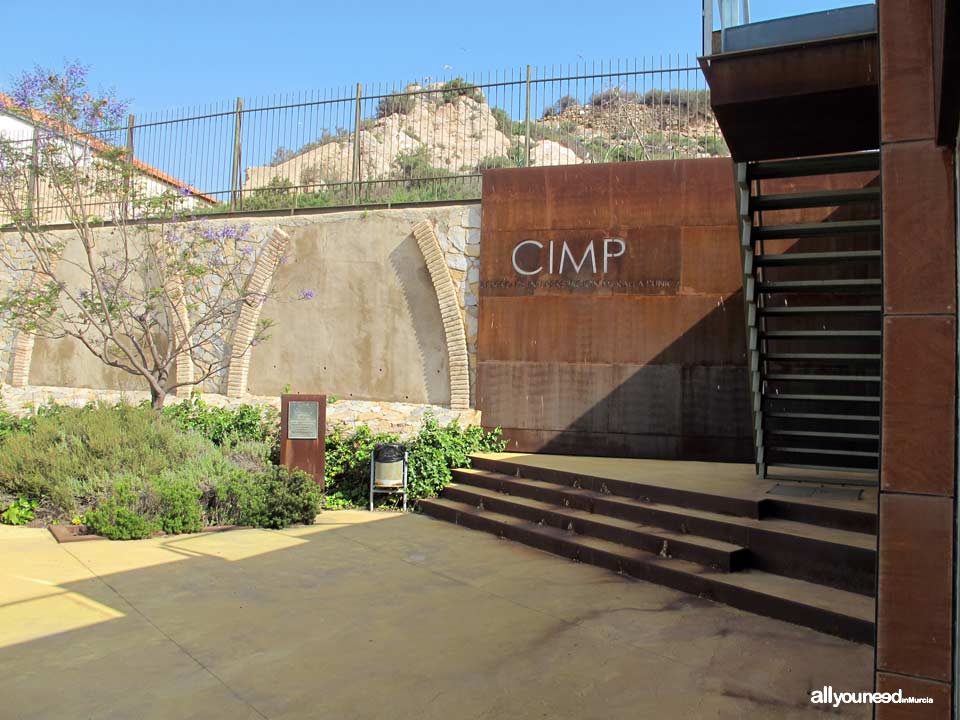
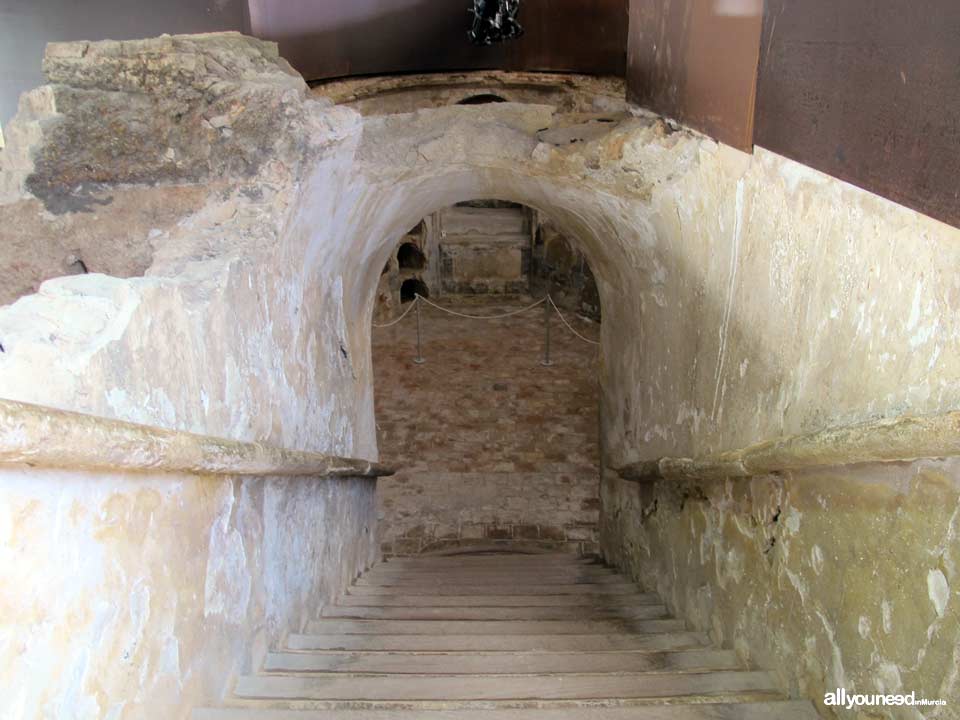
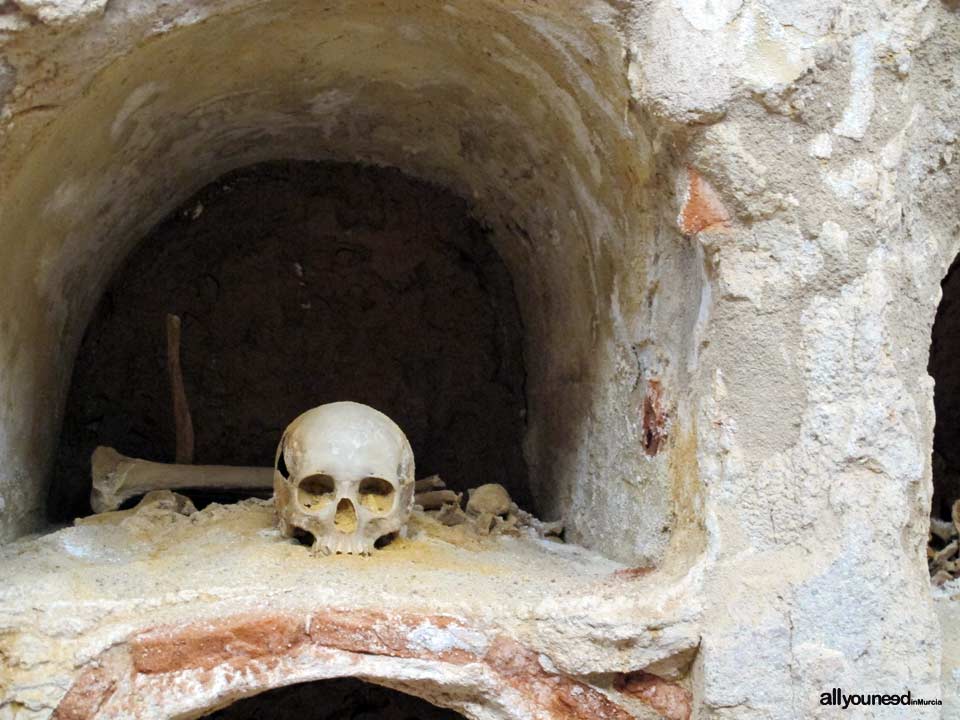









 Downloads
Downloads Related links
Related links 
